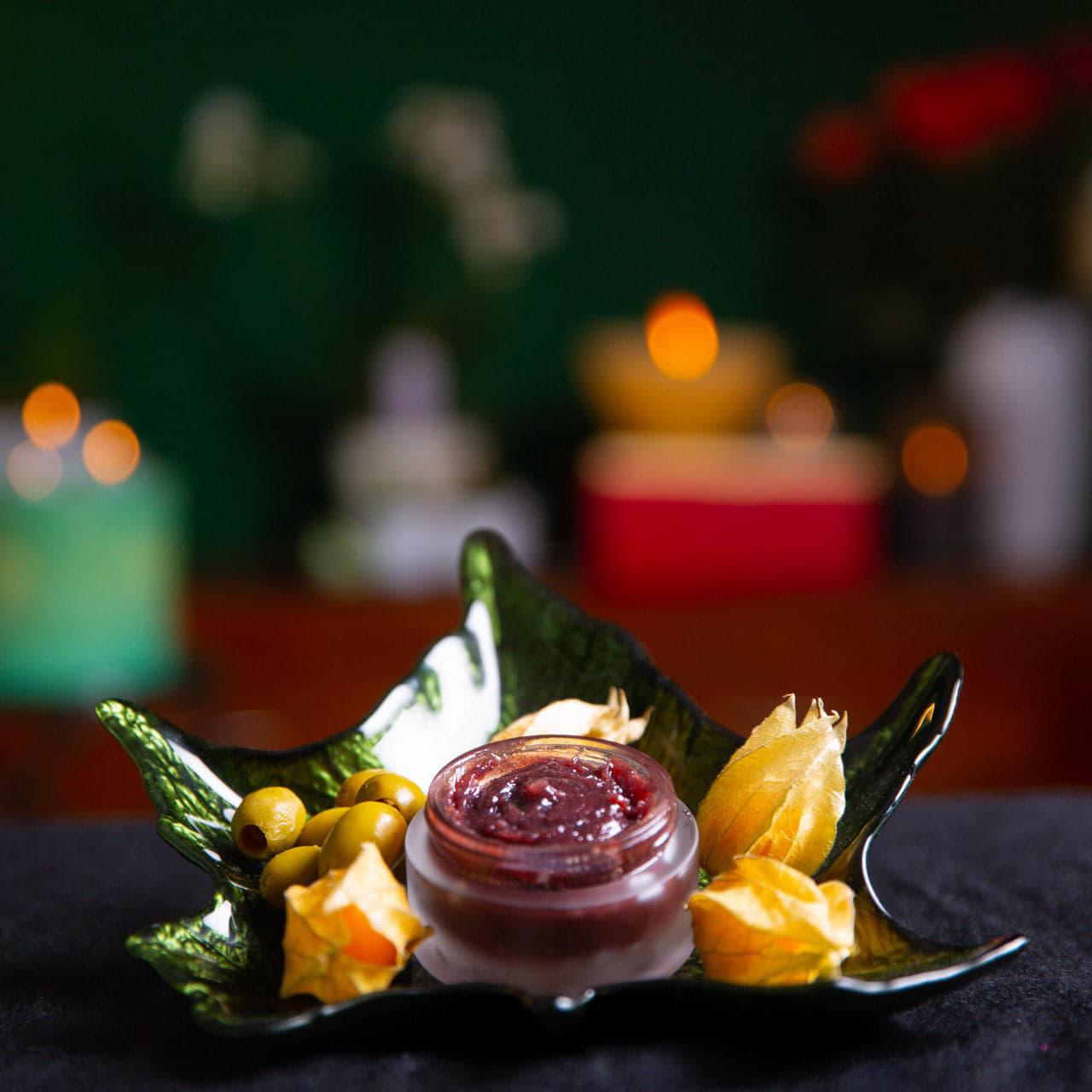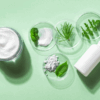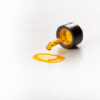Let’s stir up some magic in the lab with today’s hot topic on crafting a ritual for your customers! Discover how sensory branding in skincare -through texture, scent, and delivery- builds product loyalty and elevates your brand story.
In today’s beauty market, skincare isn’t just a routine, it’s a ritual. And the secret to turning a product into a ritual lies in how it feels, smells, and is delivered.
Picture this: your customer opens the jar, takes a breath, and is greeted by a clean, floral scent that feels grounding and familiar. They dip their finger into the cream, and it melts like satin on contact. It glides, absorbs, comforts, and in that instant, they’re sold. Not just on that product, but on the next one, too.
Because now more than ever, skincare is about experience. And experience is built on sensorial strategy.
Why Sensorial Experience Is Your Brand’s Hidden Advantage
Your formulation can be clinically sound, packed with trending actives and an impeccable INCI list. But if it feels greasy, smells unpleasant, or doesn’t apply smoothly, it likely won’t get reordered.
Skincare has become a form of self-care, and self-care demands sensorial satisfaction. In fact, studies consistently show that consumer perception stems from how a product feels, smells, and applies. That means texture, scent, and delivery aren’t afterthoughts, they are at the heart of product success.
Sensory experiences create strong emotional and psychological connections. According to cognitive science, scent and touch are deeply linked to memory and habit formation, making them powerful tools in building brand loyalty.
Texture: The Tactile Story of Your Brand
Texture is more than consistency. It’s how your customer experiences your brand through touch. A light gel tells a different story than a rich balm. A whipped cream texture suggests indulgence, while a fluid milk conveys freshness.
When formulating, choose emulsifiers, thickeners, and oils that align with your brand’s sensorial DNA. Are you clinical or luxurious? Minimalist or indulgent? Your texture should match your message.
Scent: The Invisible Signature
Scent is the first thing noticed and the last thing remembered. It speaks volumes about your brand’s mood, purpose, and identity. A calming lavender blend whispers relaxation. A zesty citrus note energises and uplifts.
Creating a scent signature isn’t just about choosing essential oils, it’s about crafting a sensory fingerprint that becomes part of your customer’s ritual. Ensure your blend is IFRA-compliant and adjusted for the product type (lighter for the face, stronger for the body), while always respecting dermal limits and allergen regulations across regions!
Delivery: The Format Is the Feel
How a product is dispensed shapes how it’s used and remembered. Think of the elegance of a glass dropper, the practicality of a push-up stick, or the luxurious moment of melting a balm in your hands. Each format creates a different emotional connection.
Is your product a one-time treat or a daily essential? Should it encourage layering, massaging, or blending with other formats? Delivery matters more than most formulators realise, and choosing the right one can increase perceived value and brand loyalty.
Each product category, from facial cleansers to body oils, demands a slightly different delivery ritual. Tailoring your sensorial strategy by product type enhances usability and repeat engagement.
Sensorial Formulation Techniques That Convert
Creating high-impact sensory products doesn’t mean compromising on efficacy. In fact, when done right, sensorial design enhances both performance and perception.
Start by prioritising skin feel, then refine with actives, stability, and user experience. Consider:
- Esters like coco-caprylate for a silky glide
- Natural thickeners like sclerotium or xanthan gum for softness and suspension
- Silicone alternatives for dry-touch or powdery finishes
- Lamellar emulsions to mimic skin structure and improve absorption
- Multi-functional ingredients like lecithin that emulsify and moisturise
The goal? A product that works beautifully and feels unforgettable.
Additionally, crafting sensorial rituals requires inclusivity to resonate with diverse audiences. For sensitive skin, a lightweight gel with chamomile extract and sclerotium gum offers a soothing, non-greasy touch, without essential oils to avoid triggering any sensitivities. Oily skin benefits from a fluid milk texture, formulated with squalane and a zesty bergamot note, to refresh without clogging pores. Cultural preferences also shape rituals: Asian markets often favour clean, green scent, while Western consumers may lean toward richer fragrances. By tailoring textures and scents to specific skin needs and global tastes, your product becomes a universal ritual, inviting every customer to pause and connect.
Sensorial Branding: More Than a Logo
What if your texture and scent became your visual identity? The way your cleansing balm “cracks” when scooped. The scent that resets your customer’s energy at midday. The cream that always feels like a silky, soothing touch.
When every formula in your range offers a distinct yet cohesive sensorial experience, you’re not just creating skincare, you’re creating consistency, memory, and emotional impact.
Leading brands master sensorial rituals to captivate consumers. L’Occitane’s Shea Butter Ultra Rich Body Cream, with its velvety texture and subtle nutty scent, transforms application into a moment of indulgence, encouraging daily use. Rituals’ The Ritual of Sakura Body Scrub, infused with cherry blossom and rice milk, combines a gritty-yet-soft texture with a delicate floral fragrance, creating a spa-like experience that lingers in memory. These products show how texture, scent, and delivery can elevate a formula into a ritual.
A cohesive sensory strategy across your line, such as maintaining a signature scent or consistent tactile profiles, reinforces your brand identity and increases brand recall, especially in a crowded market.
Why It Pays to Invest in Sensorial Strategy
Products with high sensorial appeal have a higher repurchase rate. They are more likely to be photographed, shared, and remembered. Sensorially rich products keep customers coming back. Luxury skincare isn’t about price tags, it’s about immersion. When your products engage the senses, they feel worth every cent.
Sensorial rituals tap into 2025’s biggest consumer trends, from mindfulness to social media storytelling. Consumers crave products that transform daily routines into special moments. On TikTok and Instagram, GRWM beauty trends are dominated by sensorial skincare textures that invite interaction. Viral skincare products like gel-to-milk cleansers that visually transform are made to be filmed and shared. A whipped mousse with notes of vanilla and coconut adds visual interest and aromatic appeal. Even honey-textured serums infused with natural florals are capturing attention. These sensorial moments turn skincare routines into rituals and rituals into content, fueling discoverability and customer loyalty. By aligning your sensorial design with these trends, your product not only feels luxurious but also captures attention in a crowded digital landscape.
Before saying goodbye, let me leave you with my final thoughts: Your customer doesn’t need another step or a long routine, they need a moment. A connection. A pause in their day that feels special.
That comes from:
- The way your cream melts
- The way your mist settles
- The way your oil glides
- The way your scent lingers
To create formulas that customers rave about and reorder, remember the sensory trifecta: optimise for feel, scent, and usability.
Want to Design a Sensory-Driven Product? Email us at contact@mbcosmeticslab.com and let’s bring your next unforgettable experience to life.
Here’s to formulas that work and brands that thrive!
From My Lab to Yours!
Rose




Add comment
You must be logged in to post a comment.